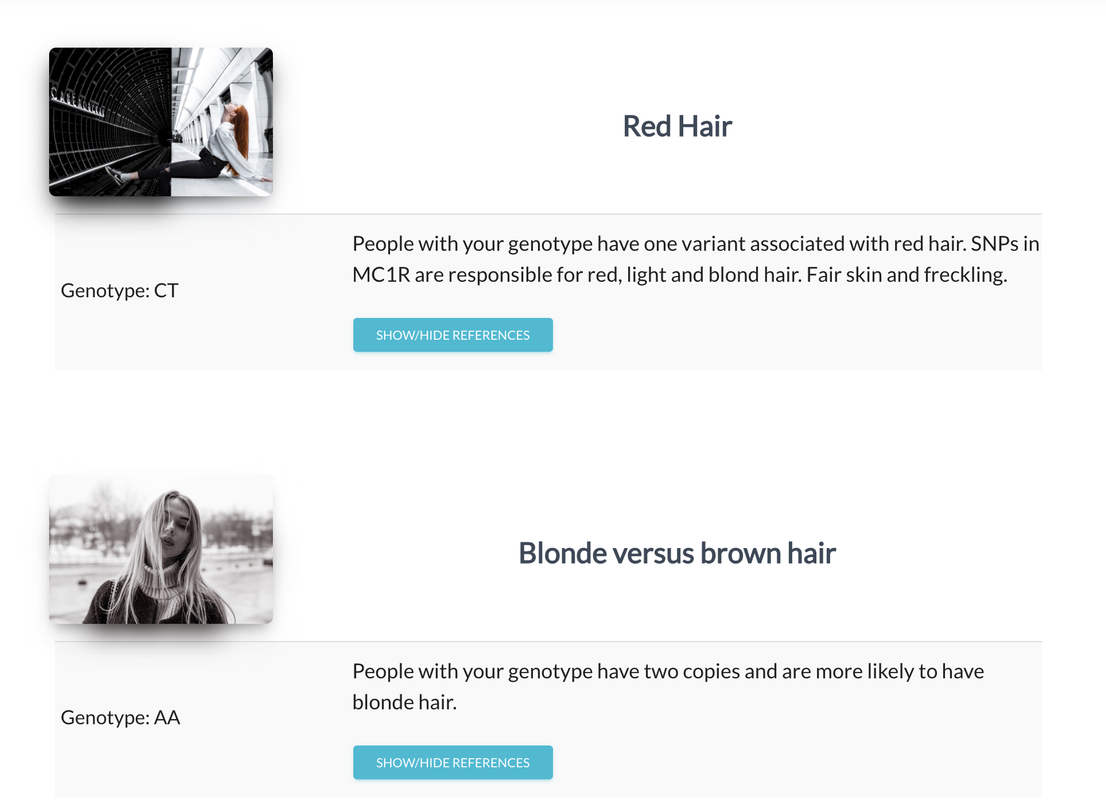Northener
Elite member
- Messages
- 2,008
- Reaction score
- 522
- Points
- 113
- Location
- Groningen
- Ethnic group
- NW Euro
- Y-DNA haplogroup
- E1b1b/ E-V22
I see, we agree on most parts. There were 24 SNPs(2014), today there are even 42(!) according to 23andMe responsible for blonde hair and KITLG is one of them. What I don't quite understand is what does 2 or 4 times more likely mean in %, it sounds like 50% and 100% to me but this can't be true because only with this SNP it is impossible to be blonde if other SNPs darken the hair colour. I´ve also said that KITLG origin is in Steppe/ANE but that doesn't mean that blonde hair is which is the topic of this thread.
If I interpret the result of different papers the KITLG is the one with the biggest effect. When you have one copy the change of being blond is 2 times higher than without. And with two copies the changes of being blond are 4 times higher than without. I guess- but that remains implicit- this is based on the average scores of Europeans c.q. West Eurasians?
An alternative approach is this one copy seems to block darker pigment by 20% (so two copies which is more seldom 40%?):

Hoekstra (2014)
So simply said it can explain a big chunk but it's not the whole picture indeed.
I not quite sure but isn't MC1R for red hair not blonde? At least according to 23andMe they are different and the report for red hair and blonde hair is separate. Of course you can have combination of both and blonde hair with reddish touch as a result. There are at least 3 SNPs tested by 23andMe for red hair all of them MC1R:
View attachment 13989
MCR1- the different variants- are responsible for the reddish-yellow pigment also called pheomelanin. It is responsible for goldblond and strawberry blond. Admitted this is arbitrary but this pheomelanin gives it a kind of 'vivd' or 'warm' character (blond without much pheomelanin is ash so more 'dull'). As you also stated I guess this is a factor in sexual selection....
This kind of blond is more seen among NW Europeans.
So in sum I don't think that a major (not the only) factor for blondism (tout court) in Europe is KITLG, originates not among EEF but among ANE. And specific warm MC1R (goldblond and strawberry) blond originates most probably (strong indices) also among ANE and not among EEF (the strong UV rates among the EEF heartland are a very strong contra indicator).






